How to Perform a Local SEO Audit That Boosts Your Google Business Rankings in 2025
Want to rank higher on Google Maps in 2025? This guide breaks down exactly how to perform a local SEO audit that strengthens your online presence, boosts visibility, and helps more local customers find your business.
How to Optimize Google Ads Campaign: Proven Strategies to Boost CTR in 2025
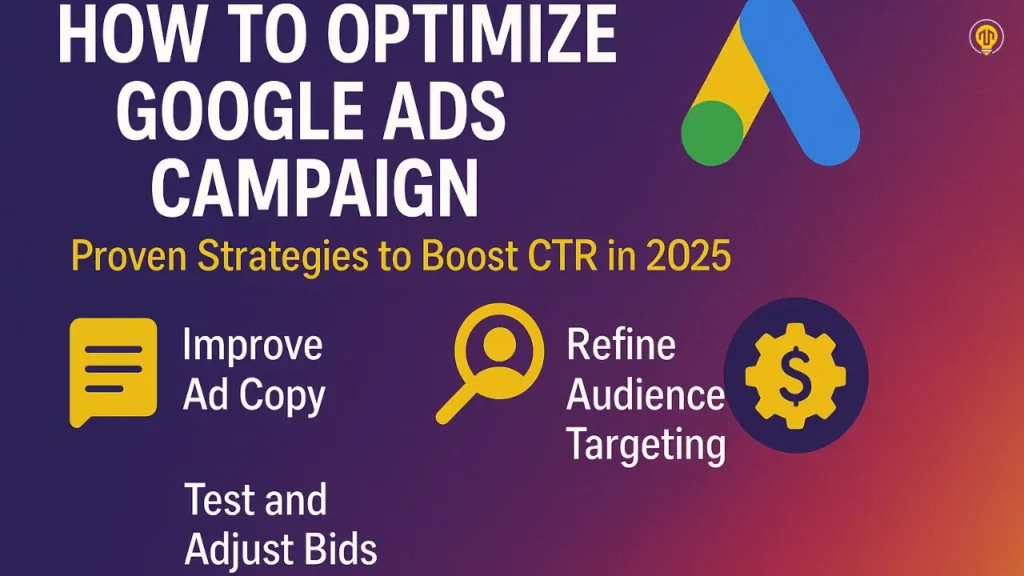
Want to boost your Google Ads performance in 2025? This guide breaks down smart bidding, audience targeting, ad copywriting, and landing page tweaks that actually drive conversions. Learn the latest trends, avoid costly mistakes, and discover how Local City Solutions can help turn your ad spend into real results.
Launch SEO for Your New Website in 2025 – Rank Faster & Avoid Costly Mistakes
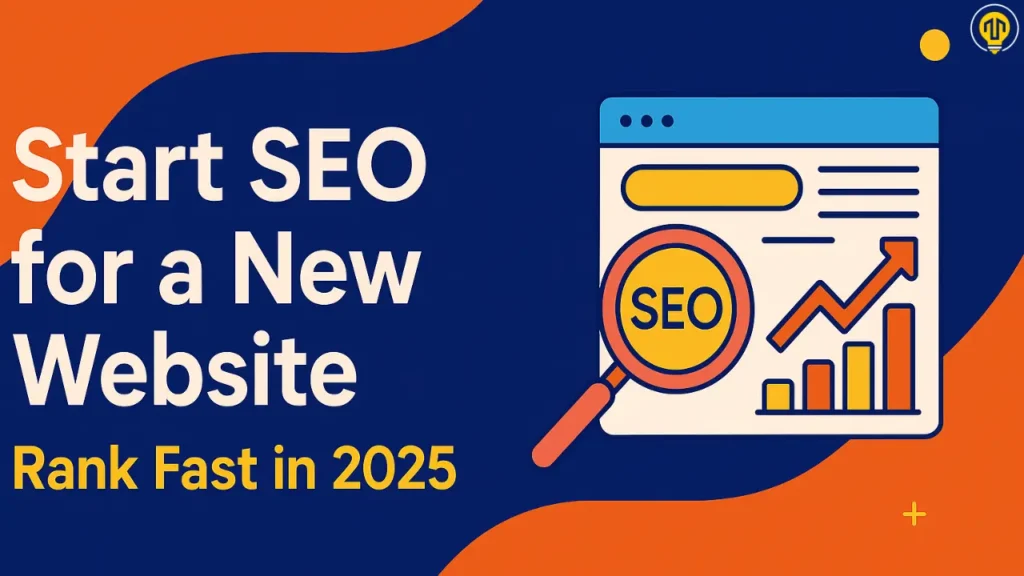
To start SEO for a new website, choose relevant keywords, optimize basic site settings, publish valuable content, and build quality backlinks — all while ensuring your site is fast, mobile-friendly, and easy to navigate. Every website, regardless of size or purpose, needs a solid foundation before it can rank. SEO for a new site is different from optimizing an existing one — you’re starting with zero authority, zero backlinks, and likely very little content. In this complete walkthrough, you’ll learn everything from how to choose the right keywords, fix basic SEO settings, write content that ranks, and build links safely. We’ll also give you an easy-to-follow SEO checklist for a new website that helps you step by step. Whether you’re a beginner, a small business, or working on SEO for startups, this guide will help you move in the right direction. Now more than ever, SEO is a must. According to BrightEdge (2025), 68% of all online experiences begin with a search engine, and websites that appear on the first page of Google get over 90% of the traffic. So if you want your new site to grow, you need to set up your SEO from the very beginning. The good news? You can get started without needing any technical background. This guide is written in plain and simple words so that even someone with no SEO background can understand and apply it. You’ll learn what matters most and what to avoid, without getting lost in confusing terms. Whether you’re building a fresh website or launching your first online presence, creating the right SEO strategy for a startup website is the most important step to grow steadily and appear in search results. If you want to see your website on Google, bring in traffic, and grow your audience step by step, keep reading. This guide is designed to help you begin confidently and scale quickly. If you’re a beginner looking to learn SEO, this guide will walk you step by step.But if you’re a business owner who doesn’t have time to do SEO yourself, you can also hire experts like our team at Local City Solutions to set it up for you. What is SEO and How Does It Work? SEO (Search Engine Optimization) is the process of improving your website so it can appear higher in search engine results like Google. The goal is to get more people to visit your site when they search for something related to your business or content. How SEO Works (In Simple Steps): Simply put, SEO(Search Engine Optimization) makes your website show up when people look for things online. If done right, it brings in free traffic, builds trust, and grows your online presence over time. Pre-SEO Setup: Before You Start SEO on a New Website Before starting SEO on a new and fresh website, you must first prepare its technical foundation. This means making your site mobile-friendly, choosing a clean and SEO-friendly theme, selecting fast and secure hosting, organizing your site structure properly, and installing the right tools based on your website type. These steps ensure your site is ready for Google to crawl and users to navigate smoothly. Many beginners skip this stage and jump straight into adding content and keywords. But without a strong foundation, all future SEO efforts may fall flat. Pre-SEO setup is like preparing the soil before planting a tree—if the ground is bad, the tree won’t grow, no matter how much water or sunlight you give it. Let’s look at each part in detail: 1. Make Your Website Mobile-Friendly More people use mobile phones than computers to browse the internet. Google now prioritizes the mobile version of your website when assessing its performance and deciding where it appears in search results. If your website doesn’t load well on a phone, you may lose both visitors and rankings. Here’s how you can ensure your website works well on mobile devices: Mobile optimization is no longer optional. If your site doesn’t work smoothly on smartphones, Google may rank it lower, and users might leave within seconds. 2. Apply a Clear, Fast, and SEO-Friendly Theme Your theme decides how your site looks, how fast it loads, and how easy it is for users to move around. This directly affects how long people stay on your website and how well Google understands your content. Tips for selecting the right theme: A well-designed theme improves the user experience, which can reduce bounce rate (people leaving quickly), increase time on site, and improve your site’s SEO performance. 3. Choose Fast, Reliable, and Secure Hosting Hosting is the service that stores your website on the internet. You can think of it as the place where your website resides online. A slow or unreliable host can cause your site to crash or load slowly, both of which hurt your rankings and drive away visitors. What to look for in a good hosting service: Site speed and security are confirmed ranking factors. A dependable hosting service keeps your website fast and available at all times for both visitors and search engines. 4. Design a Clear and Organized Website Layout A good website structure helps both your visitors and Google easily find and understand your pages. This structure is often called the site’s information architecture. A well-organized website allows you to guide visitors through your content and also improves indexing by search engines. Steps to build a good structure: A clean structure helps Google crawl and index your site more easily. It also makes it easier for users to find what they need, reducing bounce rate and increasing engagement—both of which improve SEO results. 5. Choose the Best Tools for Your Website’s Purpose Every website has different goals, so you need different tools depending on what kind of site you’re building. Here’s what to consider: Using the right tools from the start can save you hours of manual work and prevent technical errors later. These tools enhance your website’s speed, search visibility, and overall user
Best SEO Experts in Saudi Arabia – Local City Solutions Team Spotlight

Looking for SEO experts who truly understand the Saudi market? At Local City Solutions, we offer clear, bilingual strategies that help your business grow online—no buzzwords, just real results. Discover how we help local companies rank higher and reach more customers across Riyadh and beyond.
How to Grow a Small Business in Saudi Arabia: Proven Strategies for 2025
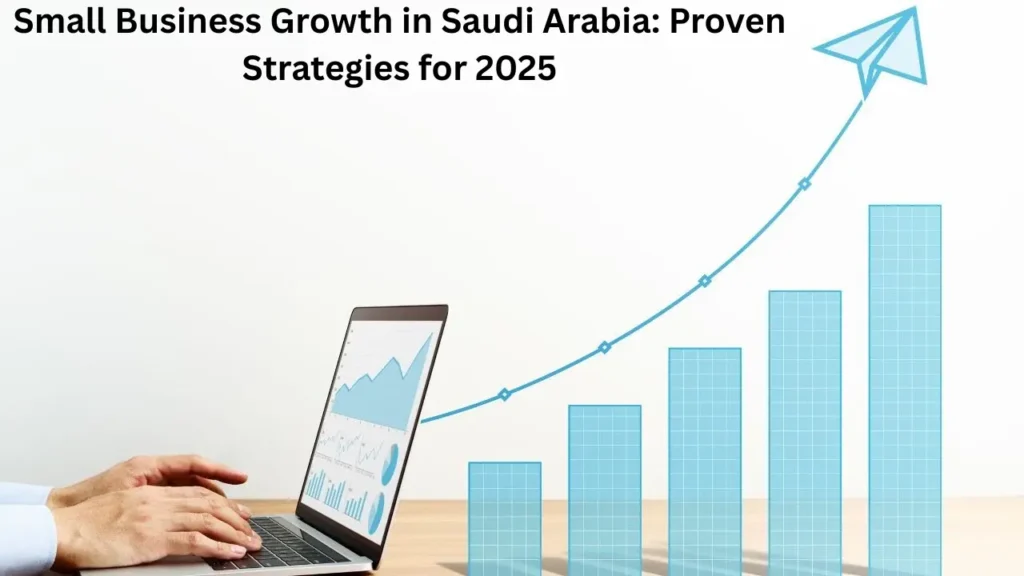
Thinking of growing your small business in Saudi Arabia? This 2025 guide breaks down proven strategies, booming sectors, and practical tips tailored for success in the Kingdom.
Can I Work as a Freelancer in Saudi Arabia With a Student Visa or Iqama? [2025 Guide]
![Can I Work as a Freelancer in Saudi Arabia With a Student Visa or Iqama? [2025 Guide]](https://localcitysolutions.com/wp-content/uploads/2025/07/Untitled-design-25-1024x576.webp)
Thinking about freelancing while studying in Saudi Arabia? This guide covers everything you need to know about working with a student Iqama in 2025—legally and safely.
Complete Guide to PPC Bidding Strategies: Manual, Automated & Smart Bidding
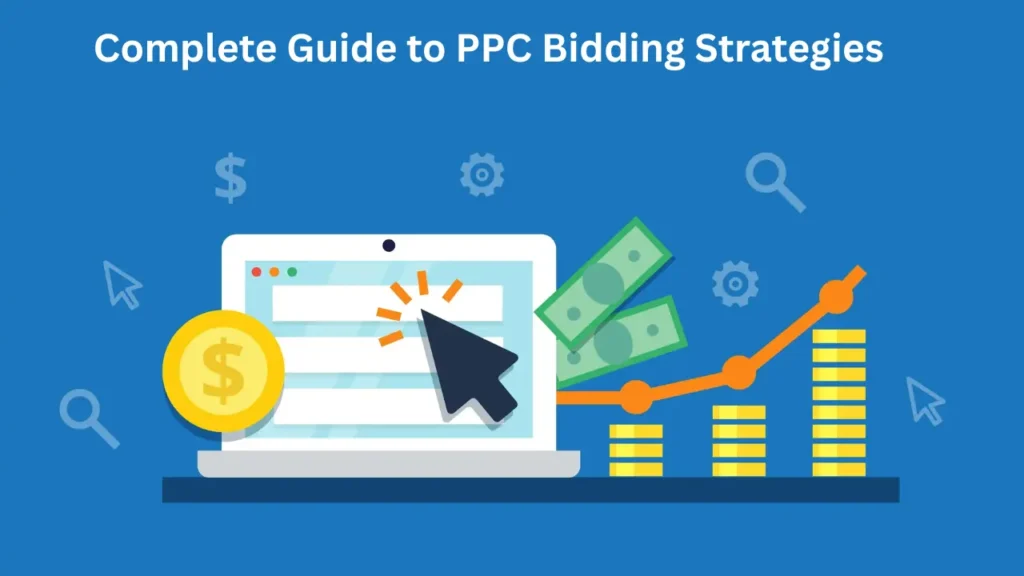
PPC bidding strategies play a big role in how much you pay and what results you get from your ads on platforms like Google Ads. In this complete walkthrough, you’ll learn exactly how PPC bidding works, the different strategies available (like manual, automated, and smart bidding), and when to use each one based on your business goals. Whether you want more clicks, leads, or sales, this guide will help you choose the right bidding approach and avoid costly mistakes. Here’s the simple truth: mastering the right bidding strategy is the difference between wasting your budget and getting actual results. This blog will explain each bidding type in plain English—no confusing jargon—so even if you’re a beginner or just exploring PPC for the first time, you’ll be able to follow along and apply what you learn. Did you know? As of 2025, over 80% of advertisers using Google Ads rely on automated or smart bidding to optimize performance, according to Google’s internal data. That means businesses are trusting AI and machine learning to do the heavy lifting—but that doesn’t mean manual bidding is outdated. In fact, manual bidding still has its place, especially if you want full control over your ad spend. If you’ve ever wondered things like: then you’re in the right place. By the end of this guide, you’ll have a clear understanding of how to choose, apply, and optimize the best PPC bidding strategy for your business—without wasting money or feeling confused. Let’s dive in. What is a PPC Bidding Strategy? A PPC bidding strategy is the method used to control how much you’re willing to pay for each click on your ad. It determines when your ad appears, where it ranks, and how much you spend per click. Choosing the right bidding strategy helps align your ad spend with your business goals whether that’s generating traffic, leads, or sales. In pay-per-click (PPC) advertising, you’re not just paying for ad space, you’re competing in a digital auction. Every time someone searches for a product or service you offer, Google or another platform runs a quick auction to decide which ads should appear and in what order. At the heart of this process is your bidding strategy—your way of telling the platform how much value you place on a click, a conversion, or even just visibility. How PPC Bidding Works Here’s how the PPC auction is decided: A higher Quality Score increases your chances of securing a better ad position, even if your bid is lower than competitors. Why Your Bidding Strategy Matters A well-chosen bidding strategy directly impacts: Aligning Strategy with Goals Different campaign goals require different bidding approaches: We’ll explore each of these strategies in detail in the upcoming sections. A PPC bidding strategy isn’t just about money—it’s about how smartly you use your budget to get real results. 3. Types of PPC Bidding Strategies: Full Breakdown There are three core types of PPC bidding strategies: manual bidding, automated bidding, and smart bidding. Each serves different goals—manual offers control, automated saves time, and smart bidding leverages machine learning to optimize for conversions or value. Choosing the right one depends on your business goals, campaign type, and data availability. In Google Ads and other platforms, bidding isn’t just about the highest offer—it’s about choosing a strategy that aligns with your campaign objectives. Let’s break down each type in detail: 1. Manual Bidding You choose the highest amount you’re willing to pay per click for each keyword or ad group. Best for: Pros: Cons: 2. Automated Bidding Google automatically changes your bids to match your campaign goals—whether that’s getting more clicks, views, or conversions. Best for: Pros: Cons: 3. Smart Bidding Smart bidding relies on Google’s machine learning to automatically adjust your bids in real time, helping you get the best results based on your conversion goals. Best for: Pros: Cons: Summary Table Bidding Type Control Automation Ideal Use Case Manual High Low Testing, small budgets Automated Medium Medium General traffic or visibility Smart Bidding Low High Conversions & value at scale Choosing the right bidding type lays the foundation for efficient ad spending and stronger ROI. 4. Manual Bidding in PPC: Full Control for Smarter Strategy Manual bidding is a PPC strategy where advertisers set their own bids for each keyword or ad group. It provides maximum control over spend, allowing for precise optimizations. It is best used in small-scale campaigns or when testing performance at a granular level. Manual bidding allows advertisers to take the reins. You decide how much you’re willing to pay for each click, making it a favorite for campaigns where precision and experimentation are important. Key Benefits of Manual Bidding When Should You Use Manual Bidding? Potential Drawbacks Pro Tips for Effective Manual Bidding Manual bidding gives you hands-on control and clarity, making it an excellent starting point for advertisers who want to learn the nuances of PPC bidding without relying on automation. 5. Automated Bidding: Hand Over the Bidding to Google Automated bidding is a PPC strategy where the ad platform automatically adjusts your bids to help you meet your campaign goals, such as increasing clicks, impressions, or conversions. It is designed to save time and deliver efficient results based on historical data and real-time signals. Automated bidding shifts the responsibility of bid adjustments from the advertiser to Google. Google takes care of bidding for you, adjusting amounts based on the objectives you set—no need for guesswork. Popular Automated Strategies and What They Do Key Advantages Things to Consider Best Use Cases Automated bidding is ideal for marketers who want to focus on strategy and let the platform manage bid mechanics efficiently. Is Manual Bidding Better Than Smart Bidding? Not always. Manual bidding gives you full control, but Smart Bidding often delivers better results especially when you have enough data. 6. Smart Bidding in Google Ads: AI-Powered Optimization Smart bidding is a group of automated strategies in Google Ads that rely on machine learning to help you get more conversions or
Complete Guide to Google Ads Campaign Types: Search, Display, Video, Shopping & More
Want to run Google Ads but not sure which campaign type fits your goals? This guide breaks down every option—Search, Display, Video, Shopping, and more—to help you choose the right one and get better results.
What Are Snapchat Ads? Types, Benefits, and How to Use Them for Business

Curious about Snapchat Ads and how they can help your business grow in 2025? This guide breaks down what Snapchat Ads are, their types, key benefits, targeting options, and how to run effective campaigns—perfect for beginners and marketers looking to explore new ad platforms.
Facebook Ads vs TikTok Ads for Small Businesses: Which Brings Better ROI in 2025?
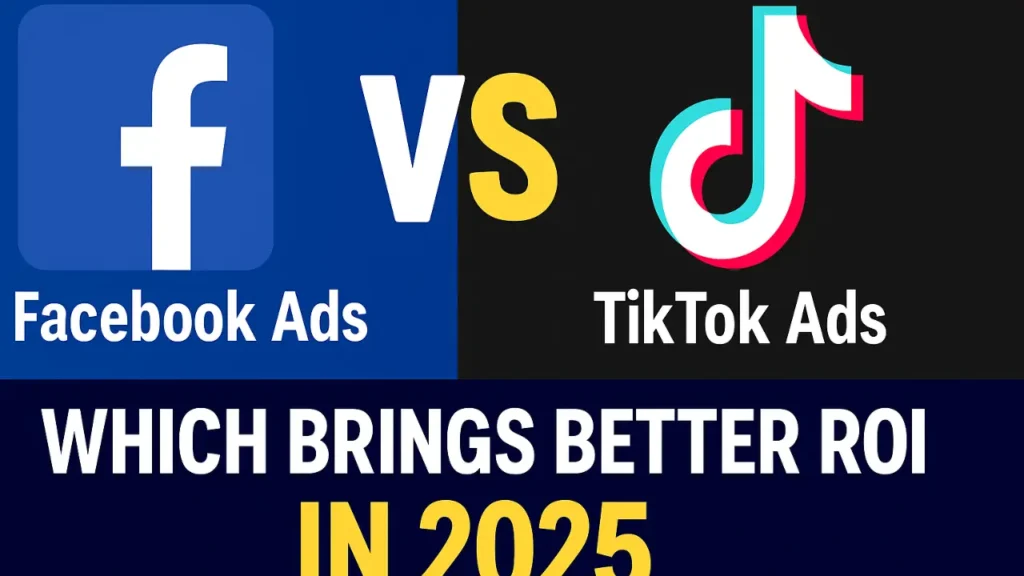
Facebook Ads vs TikTok Ads for Small Businesses in 2025—Which One Gives You More for Your Money?This blog is your full guide to finding out which platform offers better ROI, smarter targeting, and stronger engagement. You’ll walk away knowing the real differences in ad performance, costs, creative freedom, and which one suits your business best in 2025—whether you’re selling handmade products or offering local home services. Let’s face it—advertising online isn’t optional anymore. For small business owners in 2025, it’s a must. But the challenge now is picking the right place to put your limited budget. Facebook and TikTok are two giants—but they couldn’t be more different. One is built on a foundation of data-driven targeting and years of audience behavior. The other thrives on fast-paced, trend-based content and viral energy. Both have their strengths. But the question is: which one delivers better ROI? If we look at the latest numbers, Meta (Facebook and Instagram) pulled in over $170 billion in global ad revenue in 2024. Meanwhile, TikTok isn’t far behind, with more than $18 billion in ad revenue, marking a 40% growth from the year before. More businesses are leaning into TikTok’s short-form video style, but Facebook still dominates when it comes to detailed targeting and older audiences. This blog doesn’t just throw stats at you—it breaks them down. You’ll see how much ads really cost, what kind of businesses benefit the most from each platform, how TikTok’s engagement compares to Facebook’s conversion power, and why certain ad formats win more clicks than others. We’ll also dive into common questions like: Which one has a better algorithm for small business marketing? Can I afford to run both? If you’ve ever wondered where your next customer is scrolling—this blog has your answer. Let’s break it down. What Are Facebook Ads and TikTok Ads? If you’re new to online advertising, Facebook Ads and TikTok Ads are two of the most powerful — yet very different — ways to reach customers in 2025. Here’s how each one works, in simple terms. Facebook Ads (Meta Ads in 2025) Facebook Ads are paid promotions that appear across Facebook, Instagram, Messenger, Reels, and Meta’s Audience Network. They help businesses show personalized messages to the right people based on: In 2025, Meta’s AI-driven Advantage+ campaigns make ad setup easier — automatically optimizing your audience and creatives to improve results. Popular Facebook Ad Formats: You can set your own daily or lifetime budget and track your performance in real time. Facebook’s strength lies in advanced targeting and retargeting, ideal for brands focused on conversions, sign-ups, or sales. TikTok Ads (In 2025) TikTok Ads are short video ads that appear while users scroll through their “For You” feed. They’re designed to blend seamlessly with organic videos — fun, creative, and highly visual. Common TikTok Ad Formats: TikTok’s strength is storytelling and engagement. Campaigns that feel authentic — not overly polished — perform best. The platform also offers Smart Performance Campaigns (SPC) that use AI to test and optimize ads automatically, making it easier for small businesses with limited time or budget. Quick Takeaway: Both can be powerful in 2025 — your choice depends on whether your goal is sales or visibility. Who Uses Facebook and TikTok in 2025: Know Your Audience In 2025, Facebook will remain popular among adults aged 30 and above, including professionals, parents, and homeowners, while TikTok dominates among users under 30 — mostly Gen Z and young millennials. Facebook users prefer informative and community-driven content, whereas TikTok users engage with short, visual, and trend-focused videos. Before spending on ads, understanding your audience is crucial. Each platform attracts different age groups, interests, and behaviors, which can dramatically impact your campaign’s performance. Facebook and TikTok may both be social networks, but their users and engagement styles couldn’t be more different. Facebook’s Audience in 2025 In 2025, Facebook continues to attract a large base of mature users. According to DataReportal and Statista, Facebook’s strongest demographic is adults aged 25-35 and older, making up a significant portion of its 3 billion monthly active users. Common characteristics include: Facebook is now less of a “youth platform” and more of a trusted network for information, business, and local engagement. Users are more likely to click articles, join groups, and interact with brands that provide credible or useful content. Best suited for: Businesses that target professionals, families, and decision-makers. TikTok’s Audience in 2025 TikTok remains the platform of choice for younger audiences and continues to lead global social media growth. DataReportal’s 2025 insights show that users aged 18–29 form the core of TikTok’s audience, with Gen Z driving the highest engagement rates. TikTok users tend to be: Unlike Facebook, TikTok is built around discovery, emotion, and creativity. Users spend more time watching videos than reading posts, which makes it ideal for brands focused on lifestyle, fashion, beauty, and entertainment. Best suited for: Brands targeting Gen Z and millennials with visually engaging, trend-driven content. Key Differences in User Behavior Platform Primary Users Typical Behavior Ideal For Facebook Adults 30+, professionals, families Reading posts, joining groups, clicking links Business, services, education, finance TikTok Ages 16–29, Gen Z and millennials Watching short videos, following trends Fashion, lifestyle, entertainment, beauty Marketing Takeaway Choosing between Facebook and TikTok depends on your target audience — not just platform popularity. In 2025, Facebook remains the platform for connection and conversation, while TikTok leads in creativity and engagement. Marketers who understand these audience differences can plan smarter campaigns, spend budgets more effectively, and create content that resonates with real people — not just algorithms. Do Facebook Ads Work for Small Businesses in 2025? Yes — Facebook Ads still deliver powerful results for small businesses in 2025. Facebook Ads in 2025 remain one of the most cost-effective and data-driven marketing tools for small businesses. With smart AI targeting, flexible budgets, and conversion rates averaging around 9%, they can help any small brand attract leads, grow sales, and scale confidently — even on a limited budget. The proof lies in both

